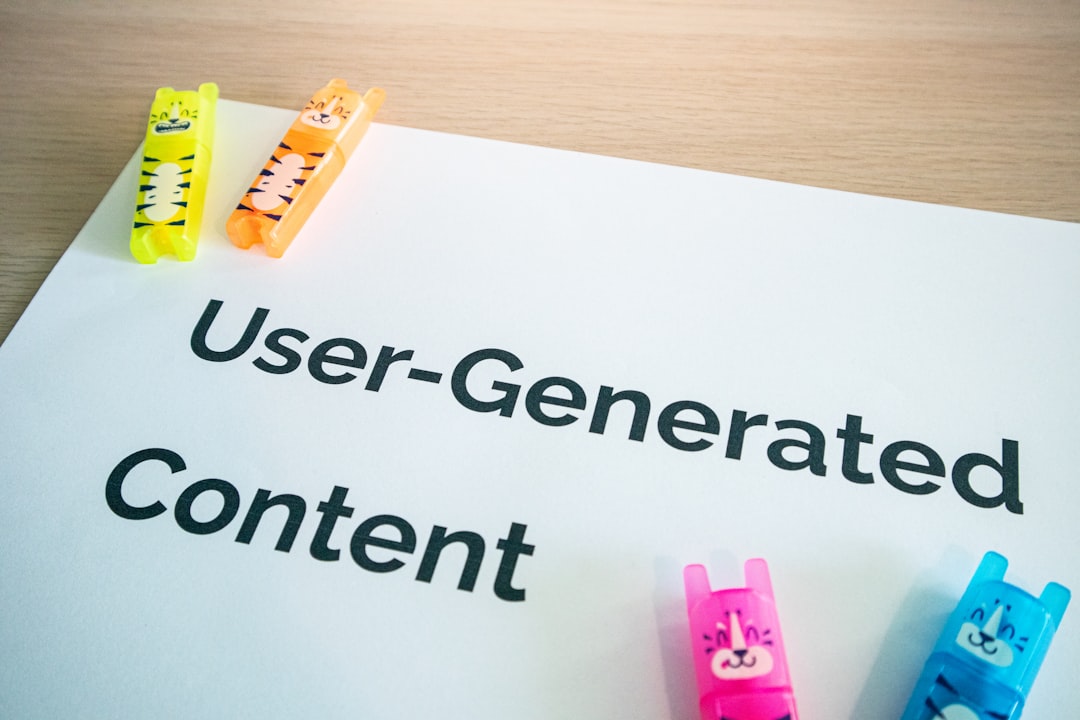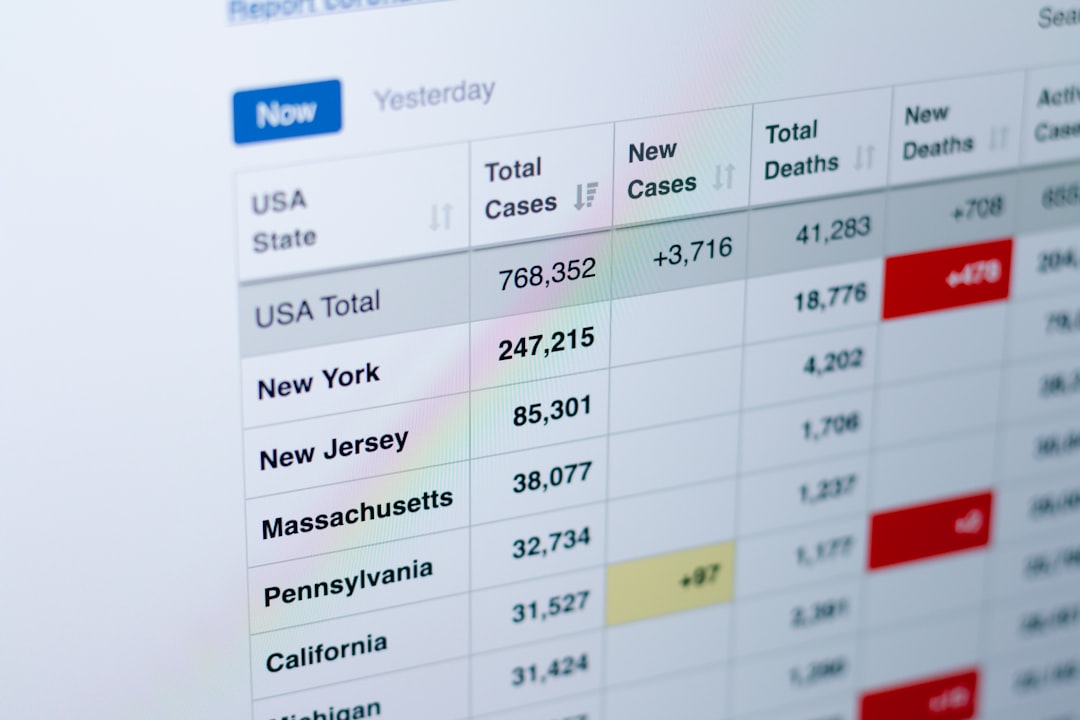With the introduction of Google Analytics 4 (GA4), marketers are presented with a groundbreaking suite of tools that change how they understand user behavior. One of the most powerful — yet often underutilized — features in GA4 is audience creation. These audiences empower businesses to design laser-focused marketing campaigns that truly resonate with users. Whether your goal is to re-engage lapsed users or drive first-time buyers toward conversion, smart audience segmentation can make your campaigns more effective, personalized, and profitable.
Understanding GA4 Audiences: A Modern Approach to User Segmentation
GA4 audiences are more dynamic and flexible than their Universal Analytics predecessors. Instead of just segmenting users based on pageviews or sessions, GA4 uses an event-driven model, allowing for segmentation based on specific behavior patterns and engagement levels. These audiences automatically update as users take new actions, ensuring that your targeting remains relevant and up to date.
These audience groups can then be shared across Google Ads, giving you the ability to activate highly customized messaging at every stage of the marketing funnel.
How GA4 Audiences Fuel Real Campaigns
Let’s explore the kind of audiences you can create within GA4 and how you can use them to enhance marketing strategies across channels.
1. High-Intent Visitors (But Non-Converters)
These are users who have taken key conversion actions — such as spending several minutes on your site or visiting a pricing page — but didn’t complete a key goal, like filling out a form or completing a purchase.
- Behavior to Track: Viewed 3+ product pages, added to cart, but did not purchase.
- Use in Campaigns: Create retargeting ads that offer incentives like a discount or free shipping to nudge users toward conversion.
2. Recent Buyers (For Post-Sale Upsell or Loyalty)
After a user completes a purchase, why stop the journey? With GA4, you can track completed transactions and then segment users who bought within the last 30 days.
- Behavior to Track: Purchase completed event with product category or price range.
- Use in Campaigns: Deploy campaigns that suggest complementary products or offer loyalty points and future discounts.
This approach strengthens customer relationships and increases lifetime value (LTV).
3. Lapsed Customers
GA4 makes it easy to identify users who haven’t returned in a while, such as those who were once regular visitors but haven’t interacted in the past 60 days.
- Behavior to Track: User engagement >0 over 90 days ago, but none in past 60 days.
- Use in Campaigns: Develop re-engagement offers — exclusive discounts, new feature announcements, or product restocks — to win them back.
This is a crucial group to target, especially since retaining customers is often more cost-efficient than acquiring new ones.
4. First-Time Visitors
GA4 lets you create an audience of users experiencing your site or app for the first time. These users need nurturing and guidance to understand your value proposition.
- Behavior to Track: First_visit event with session duration and bounce rate.
- Use in Campaigns: Run awareness campaigns that educate and build trust through social proof, testimonials, or product walkthroughs.
Custom welcome flows in email marketing can also be powered using these audience segments through integrations with tools like Google Tag Manager and BigQuery.
5. Engaged, Ready-to-Convert Users
This group consists of users who consistently engage with your brand. Maybe they’ve watched multiple videos, downloaded resources, or attended a webinar — they’re clearly interested.
- Behavior to Track: Time engaged > 3+ minutes, multiple session counts, event triggers such as demo request or ebook download.
- Use in Campaigns: Use high-touch remarketing campaigns, including case studies or ROI calculators, to help convert them from leads to customers.
Pairing this audience with account-based marketing can be especially effective for B2B brands.

Advanced Tips: Supercharging Your GA4 Audiences
GA4 also allows for more sophisticated segmentation that can dramatically improve campaign performance when used creatively.
Combine Multiple Conditions
Instead of just targeting users who added to cart, why not create an audience of users who:
- Viewed a product page more than once AND
- Initiated checkout BUT
- Did NOT complete a transaction within 24 hours
This level of granularity allows for hyper-targeted campaigns and creates the opportunity for message personalization that reflects the user journey.
Sequential Audience Creation
GA4 lets you create audiences based on user actions that occur in a specific order. For example:
- Step 1: Watched product video
- Step 2: Viewed pricing page
- Step 3: Abandoned cart
Now, you can create a campaign featuring testimonials or FAQs to push them across the final hurdle toward conversion.
Time-Based Logic
You can build audiences based on timelines, such as users who signed up within the last 7 days or who downloaded a report in the last 30 days. This ensures that your outreach is always contextually relevant.
Audience Activation Across Platforms
GA4 shines when integrated with other Google properties. You can export audience segments directly into Google Ads for campaign activation. Additionally, using Firebase or BigQuery, GA4 audiences can be programmatically connected to push notifications, app engagement campaigns, or triggered emails via other platforms.
Example campaign activations include:
- Email drip sequences for new sign-ups segmented by onboarding actions completed
- Display retargeting ads to high-bounce but high-scroll users
- Push notifications to app users who start signup but abandon at profile step
Case Study: Real Success with GA4 Audiences
Consider a fashion e-commerce brand that wanted to reduce cart abandonment. They created several GA4 audiences:
- Audience A: Added to cart, did not purchase, within last 24 hours
- Audience B: Added to cart, but cart value >$100
Using these, they ran personalized ad sets — one offering a 10% first-time buyer discount, and another providing free expedited shipping. The result? A 24% boost in cart conversion over two weeks and a 12% increase in average order value.
Final Thoughts: Winning with Smarter Audience Building
GA4 audiences offer a level of control, flexibility, and granularity that puts the power back into the hands of marketers. By deeply understanding your users’ behaviors and crafting tailored campaign tactics, you can drive tangible results — from conversion rate improvements to LTV growth.
Remember, the key to fully leveraging these audiences lies in understanding the customer journey, and regularly iterating based on campaign performance. With thoughtful use of GA4 audiences, your marketing can evolve from generic to genius.



